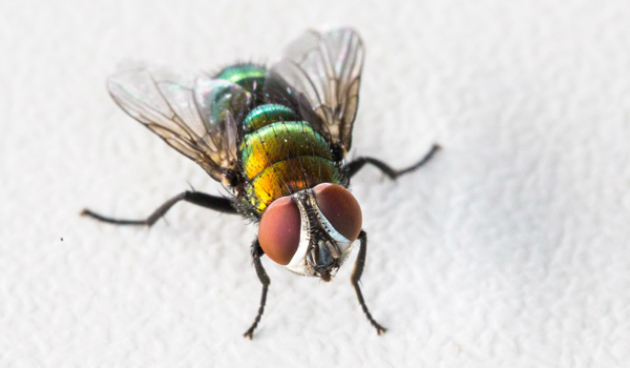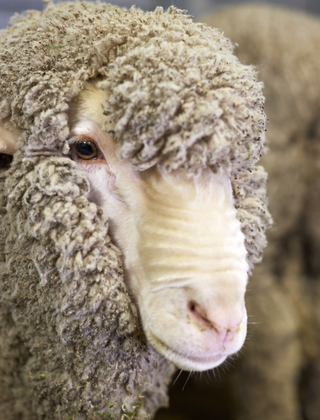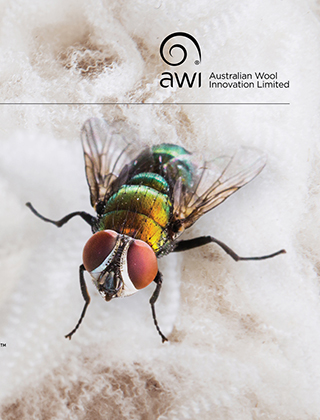Hop to it – Monitor and manage the welfare of your flock this Easter period

As Easter approaches, it’s time to hop to it and be vigilant about monitoring your flock for flystrike and managing insecticide treatment to protect your sheep.
Despite the cooler Autumn temperatures dampening strike risk, ongoing management and monitoring of the health and welfare of your flock is now of heightened importance with some growers reporting shorter protection periods than claimed on the label of the flystrike products they have used.
Australian Wool Innovation General Manager for Research Dr Jane Littlejohn explained on investigation of the shorter protection periods, some of these cases are the result of improper application or heavy rain following insecticide application, however in several cases the presence of resistance has been confirmed.
“As there are only a small number of chemical groups registered for flystrike control, it is important to prolong the useful life of these insecticides on your property for as long as possible,” Dr Littlejohn advised.
“Without access to effective preventative insecticide treatments to control flystrike, sheep producers would be reliant on continual surveillance of flocks followed by manually clipping and dressing of wounds.
“Without effective treatments, struck sheep can suffer significant stress, production loss and possibly death. By implementing resistance management strategies, sheep producers can slow the development of resistance, which will help increase the effective life of registered insecticide products.”
Dr Littlejohn encouraged woolgrowers to review the resistance management strategy for their property and consider using an integrated approach to reduce reliance on chemicals.
“This practice involves knowing about chemical groups, rotating chemical groups where practical, minimising the number of treatments applied in a season, considering treatments for other parasites - particularly lice treatments, applying chemicals carefully and strictly as specified on the label, monitoring for flystrike frequently and collecting and killing all maggots when treating fly struck sheep,” Dr Littlejohn said.
“This is a timely reminder for sheep producers to implement resistance management strategies to maintain flystrike protection for their flocks and slow the development of resistance within their local fly populations which emerge from the soil next spring.”
Information on developing your own Sheep Blowfly Resistance Management Strategy, written by industry experts in sheep blowfly management, is now available on flyboss.com.au
For flystrike control information visit the FlyBoss website:














